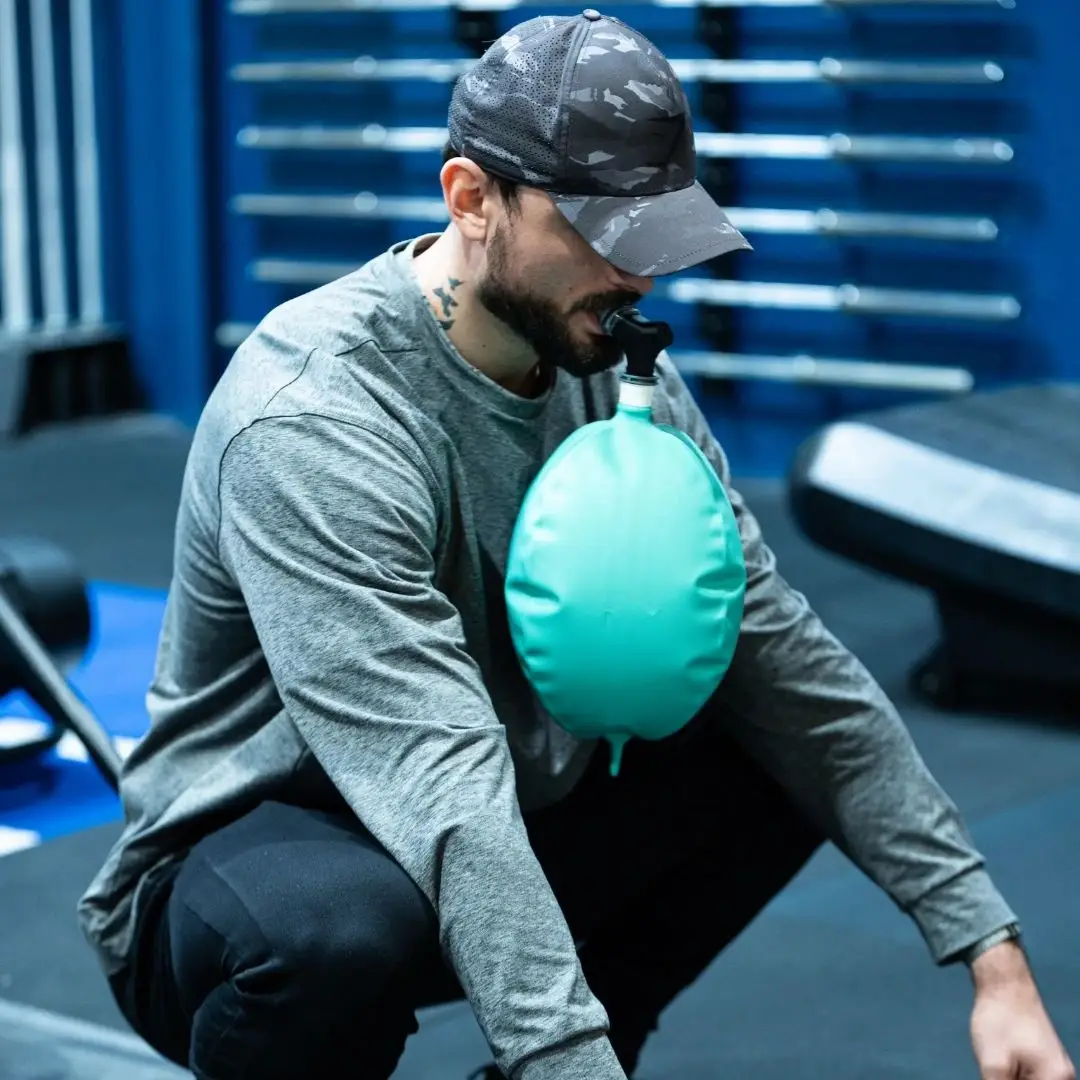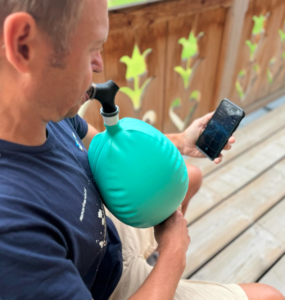
By: Luke Way, ChPC
In high-stress professions like military, police, and firefighting, physical and mental performance under pressure is critical. Tactical professionals often encounter situations that demand quick thinking, precise actions, and resilience. One often overlooked aspect of preparation for these challenges is respiratory training, specifically Isocapnic respiratory training (IRT). This type of training, which focuses on maintaining a constant level of carbon dioxide (CO2) in the blood during breathing exercises, offers significant benefits for managing stress and enhancing overall performance.
The Science of Breathing and Stress Management
Breathing is a fundamental human function, but beyond merely keeping us alive, it has profound effects on our mental and emotional states. The autonomic nervous system (ANS), which regulates involuntary functions like breathing, plays a crucial role in how we react to stress. The ANS has two main components: the sympathetic nervous system (SNS) and the parasympathetic nervous system (PNS).
The SNS is like the accelerator in a car, initiating the “fight or flight” response during stressful situations. This response can be lifesaving, but prolonged activation can lead to negative health outcomes such as anxiety, insomnia, and cardiovascular issues. On the other hand, the PNS acts as the brake, promoting relaxation and recovery. By consciously controlling our breathing, we can influence these systems and manage our stress levels more effectively.
The Role of Isocapnic Respiratory Training
Isocapnic respiratory training is particularly beneficial for tactical professionals because it helps regulate the CO2 levels in the blood, which is crucial for maintaining calm and focus. CO2 is not just a waste product; it plays an essential role in maintaining blood pH and promoting oxygen delivery to tissues. By maintaining consistent CO2 levels through IRT, individuals can enhance their respiratory efficiency and improve their body’s stress response.
IRT works by training the body to tolerate higher levels of CO2, which can be particularly useful in high-stress situations where rapid breathing (hyperventilation) might otherwise lead to reduced CO2 levels. This reduction can cause symptoms like dizziness, increased anxiety, and decreased cognitive function—issues that are particularly problematic in tactical situations.
Understanding the Metaboreflex
The metaboreflex is a natural protective mechanism in the body that prioritizes the health of vital organs during periods of intense physical or emotional stress. When the body is under significant strain, the metaboreflex activates to ensure that essential organs, particularly the heart and lungs, receive the blood flow and oxygen they need to function properly.
However, if the respiratory system is weak or underconditioned, the metaboreflex can have a counterproductive effect on overall performance. In such cases, the body may pull blood away from the peripheral working muscles—such as those in the arms and legs—to ensure adequate oxygen supply to the lungs. This process, often described as “life over limb,” helps protect the core functions of the body but can significantly reduce the efficiency and power of the muscles needed for physical tasks.
For tactical professionals, this can mean a sudden loss of strength and endurance at critical moments, compromising their ability to perform essential duties. By improving respiratory fitness through techniques like Isocapnic respiratory training, individuals can strengthen their respiratory system, reduce the likelihood of the metaboreflex triggering, and maintain optimal blood flow to all parts of the body during high-stress situations.
Practical Applications for Tactical Professions

For tactical professionals, the benefits of IRT extend beyond physical performance. Controlled breathing techniques and improved range of motion control, key components of IRT, can help manage emotional responses and maintain composure in high-pressure situations. For example, during a police operation or military engagement, maintaining a calm and steady breathing pattern can help an individual stay focused and make better decisions.
Moreover, regular practice of these techniques can lead to long-term health benefits, including improved cardiovascular health, reduced symptoms of anxiety and depression, and enhanced overall resilience. Implementing these practices as part of regular training routines can significantly improve the well-being and effectiveness of tactical professionals.
Action Item: Enhance Your Respiratory Fitness with the Isocapnic BWB and “Gateway” Training Program
To start integrating Isocapnic respiratory training into your routine, consider using the Isocapnic Breathe Way Better (BWB) device along with the “Gateway” training program available on the Isocapnic app. This program is specifically designed to help you build lung volume, improve respiratory frequency control, and enhance endurance. By following the guided sessions and using the BWB device, you can optimize your breathing patterns and improve your body’s response to stress. Begin with the basics and gradually progress to more advanced levels to maximize the benefits of this powerful training tool.



